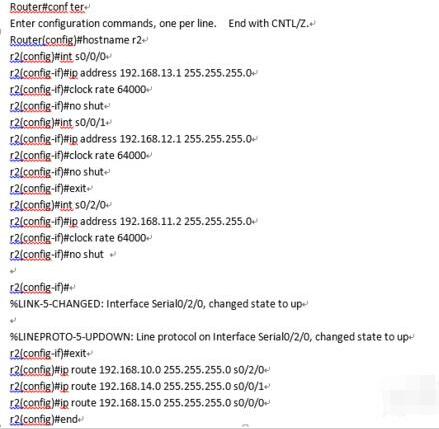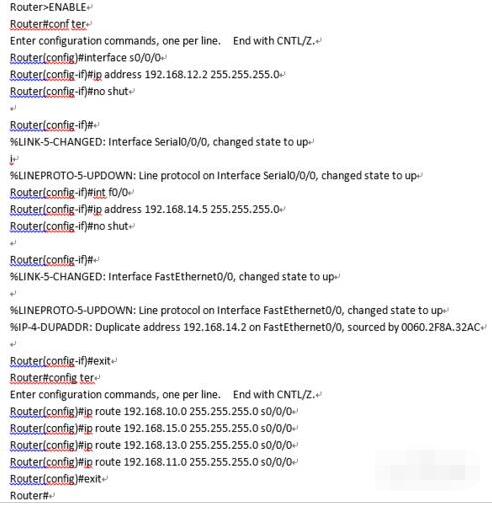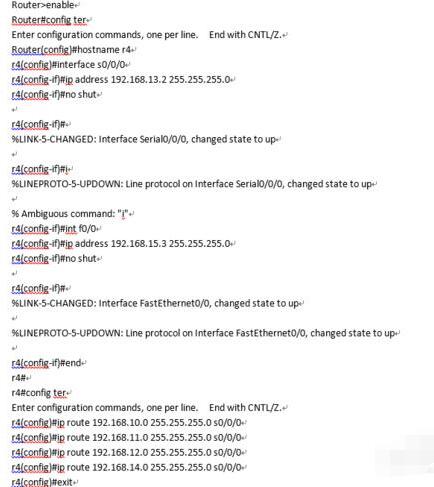Static routing refers to the routing information that is manually configured by network administrators. Default routing is a special static routing. The following article introduces the configuration of static routing and default routing using Cisco simulator. I hope it will be helpful to you all.Static routing refers to routing information that is manually configured by network administrators. When the network topology or link state changes, network administrators need to manually modify the static routing information in the routing table.Default routing is a special static routing, which means that when there is no matching table item between the destination address of the packet in the routing table, the router can make a choice. If there is no default routing, packets with destination addresses that do not match table entries in the routing table will be discarded.
Purpose
- Familiar with the boot interface of router.
- Master the basic settings of routers.
- Understand the router port and its number.
Experimental environment
- Router R1's f0/0 port is connected to switch S1, and S1 to host PC1 and PC2.
- Router R3's f0/0 port is connected to host PC3.
- Router R4's f0/0 port is connected to host PC4
IP address settings for PC1~PC4
PC1
- IP address: 192.168.0.2
- subnet mask: 255.255.255.0
- default gateway: 192.168.0.1
PC2
- IP address: 192.168.10.2
- subnet mask: 255.255.255.0
- default gateway: 192.168.10.1
PC3
- IP address: 192.168.14.2
- subnet mask: 255.255.255.0
- default gateway: 192.168.14.5
PC4
- IP address: 192.168.15.2
- subnet mask: 255.255.255.0
- default gateway: 192.168.15.3
Router R1 configuration

Router R2 configuration

Router R3 configuration

Router R4 configuration

 Router R2 configuration
Router R2 configuration Router R3 configuration
Router R3 configuration Router R4 configuration
Router R4 configuration
